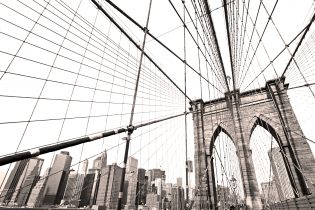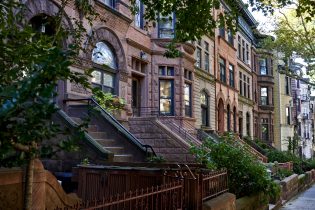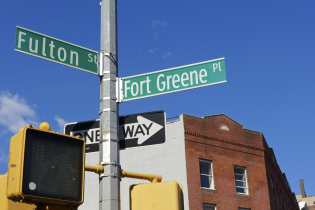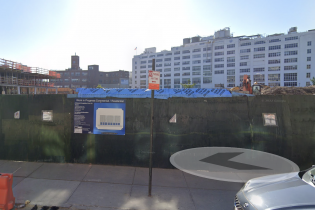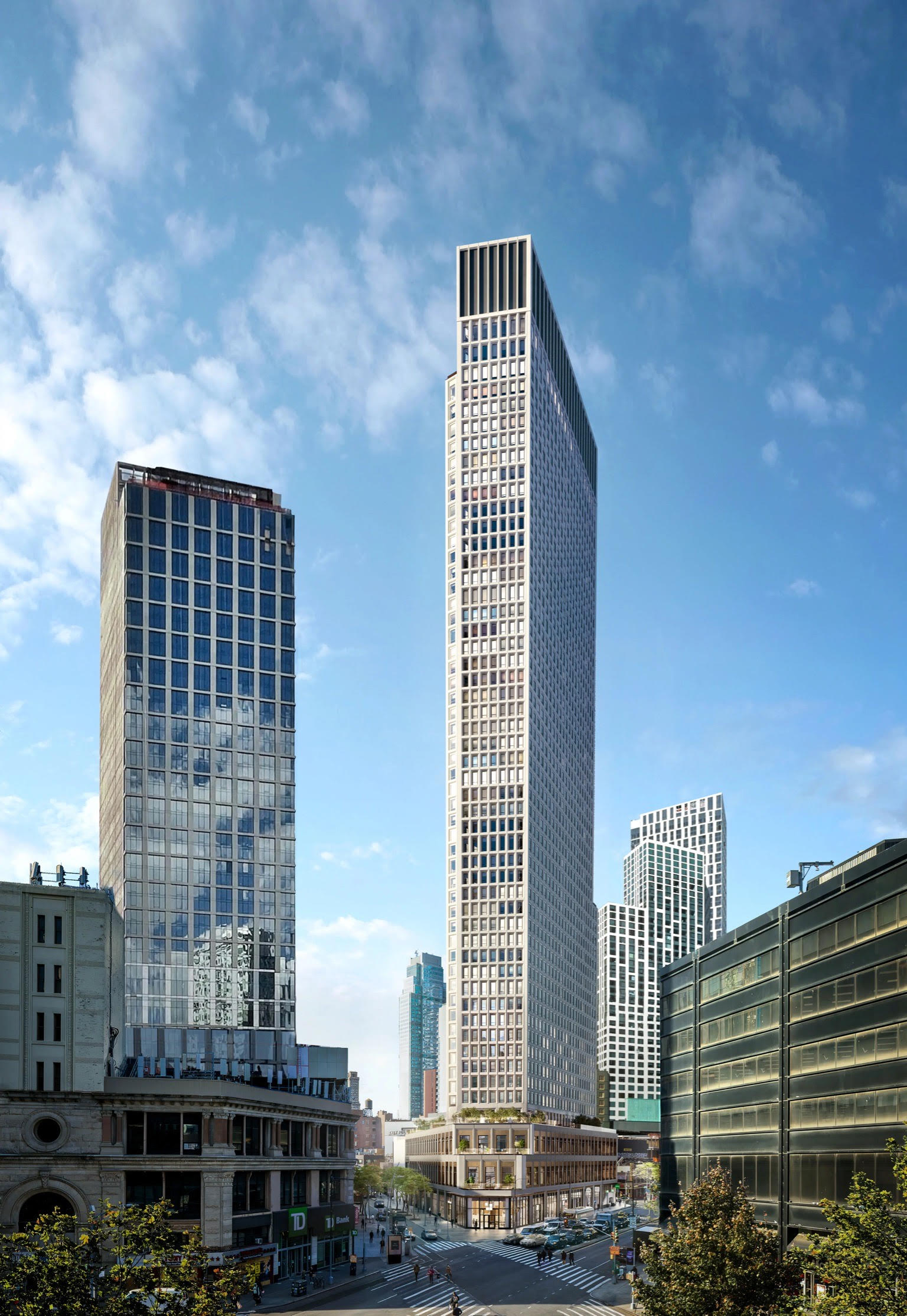Building News for Brooklyn Point
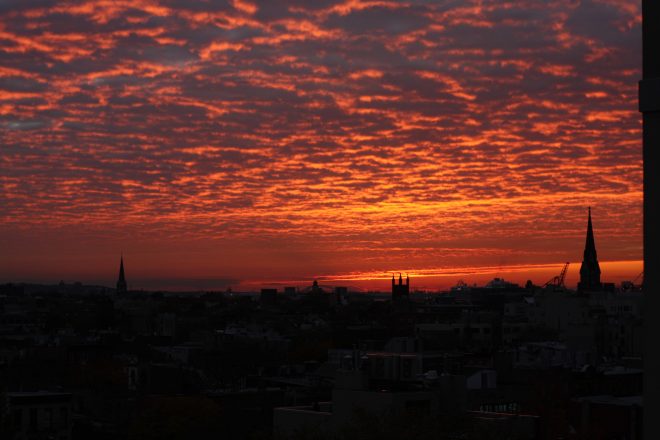
New York City is no stranger to architectural innovations and avant-garde designs. Or, as it happens, with slightly unconventional building lease models. One such addition to the Brooklyn skyline is the magnificent Brooklyn Point. Situated in the vibrant Downtown Brooklyn neighborhood, this luxurious tower is making waves in the world of NYC real estate. It’s an oddity that is well worth your attention.
Location, Location, Location
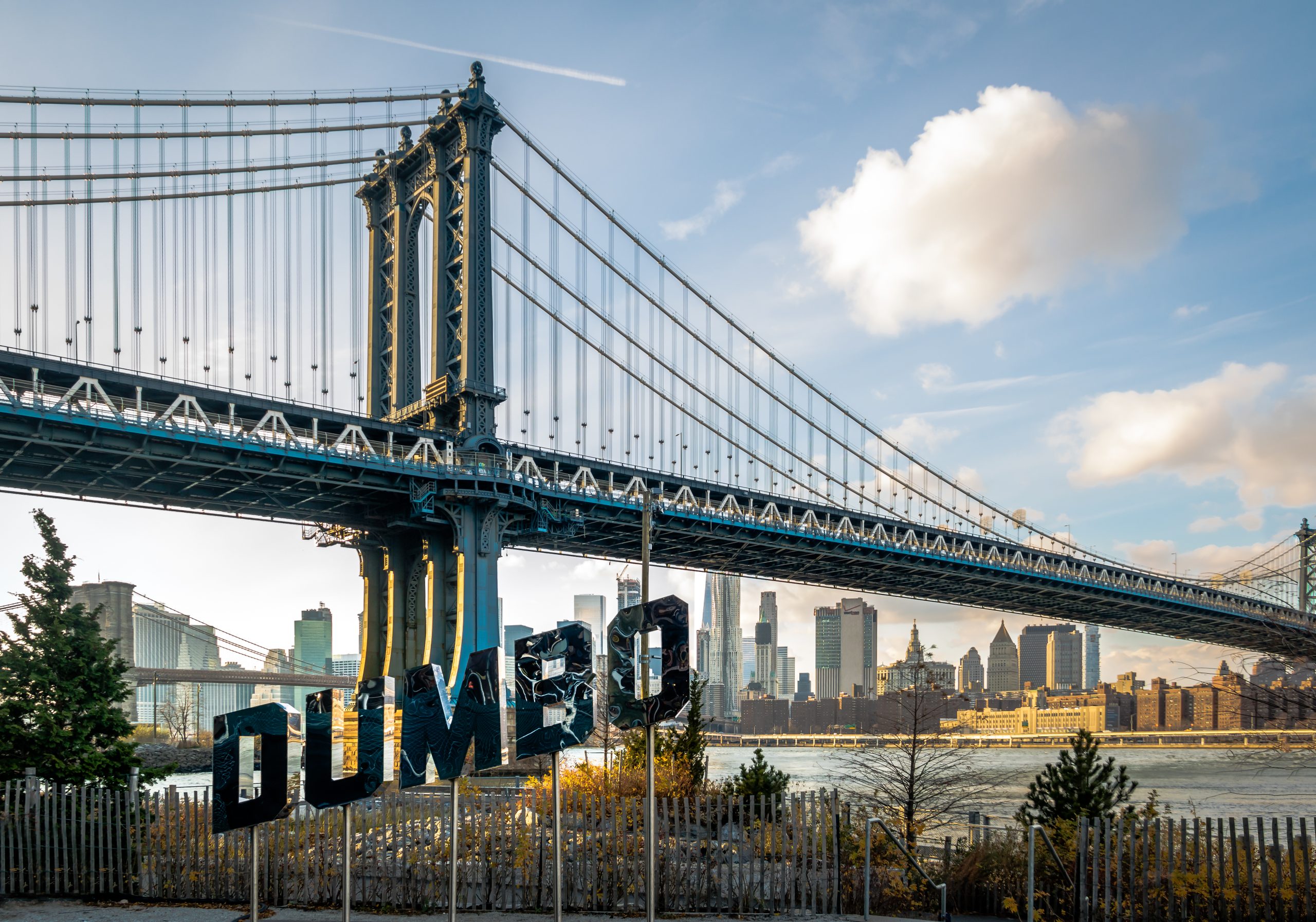
First, let’s talk about location. Brooklyn Point stands proud at the convergence of some of Brooklyn’s most coveted neighborhoods: Boerum Hill, Fort Greene, and DUMBO. This prime positioning allows residents to enjoy a plethora of amenities, from gourmet dining spots to picturesque parks and cutting-edge cultural centers.
Moreover, its proximity to major subway lines ensures that the rest of the city — be it Manhattan, Queens, or any other borough — remains easily accessible. For those who prefer to stay local, there’s an abundance of world-class entertainment, shopping, and dining right at the doorstep.
Architectural Marvel
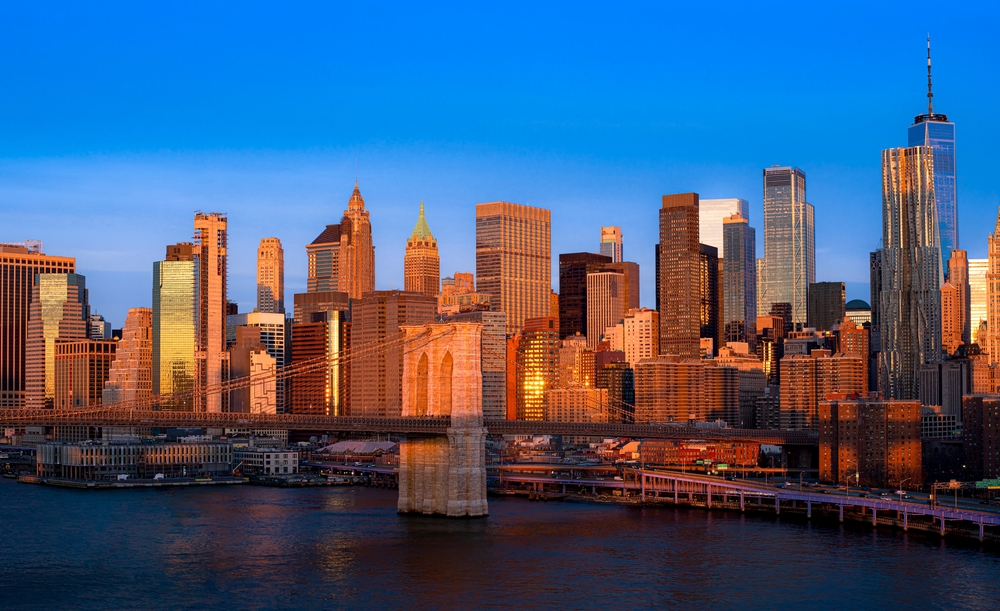
Brooklyn Point’s presence in the Brooklyn skyline isn’t just a result of its towering height; it’s the product of design, forward-thinking, and architectural genius. Entrusted to the world-renowned firm, Kohn Pedersen Fox (KPF), its creation has become a masterclass in marrying aesthetics with innovation.
Rising 720 feet and spanning 68 stories, Brooklyn Point isn’t merely the tallest building in the borough; it stands as a testament to the modern architectural renaissance that Brooklyn is experiencing. KPF, with its global reputation for pioneering designs, envisioned a building that could encapsulate the contemporary spirit of Downtown Brooklyn while paying homage to its rich, industrial heritage.
The tower’s sleek, elongated silhouette is both modern and, somehow, timeless, with a glass façade that captures and refracts the city’s ever-changing light, painting a different picture at every hour of the day. This facade not only offers residents panoramic vistas of the surroundings but also allows the structure to shimmer and shine, giving it a dynamic presence.
Beyond its striking exterior, architectural nuances are integrated throughout its design to maximize space, light, and functionality for its residents. Aspects like the innovative use of sustainable materials and design elements that blur the boundaries between indoor and outdoor spaces manifest KPF’s vision of a building that’s not just seen but also experienced.
Lavish Interiors
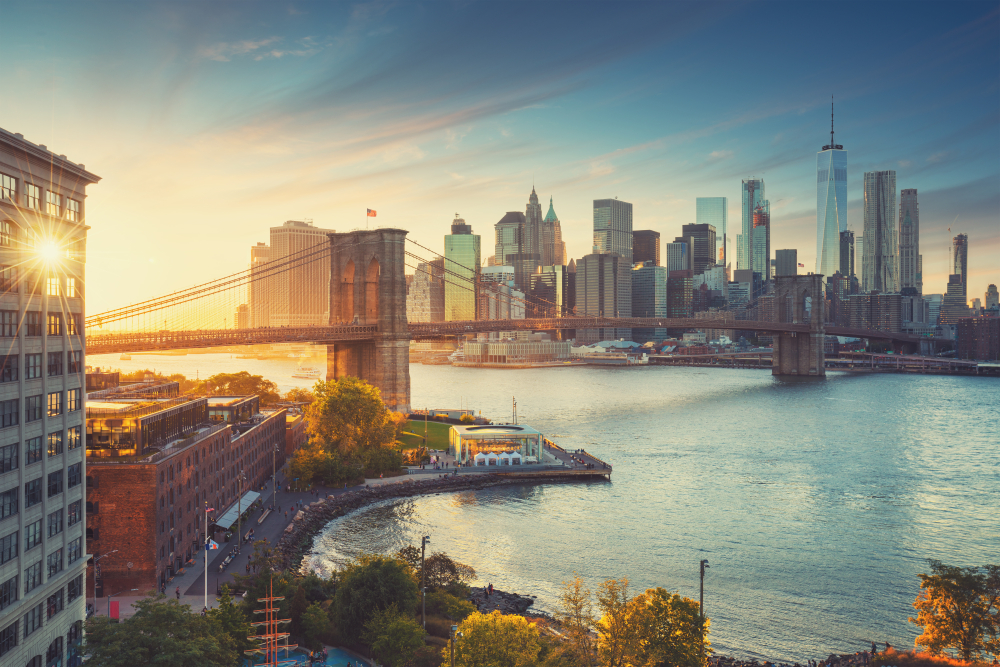
Stepping inside Brooklyn Point, one is immediately enveloped by an ambiance of elegance, luxury, and unparalleled craftsmanship. The interiors, envisioned and brought to life by the esteemed Katherine Newman Design, exude an air of contemporary sophistication paired with timeless appeal.
From the moment you walk into the lobby, there’s a sense of grandeur that’s both inviting and awe-inspiring. The use of hand-selected materials—ranging from exotic woods to bespoke marbles—infuses each space with a unique character. But it’s not just about opulence; every design element is meticulously chosen to enhance comfort and functionality.
The residences, spanning from cozy studios to expansive three-bedroom apartments, serve as sanctuaries in the heart of Brooklyn. Each unit is graced with spacious layouts, high ceilings, and floor-to-ceiling windows that not only bathe rooms in natural light but also offer breathtaking views of the Manhattan skyline, East River, Harbor, and beyond.
Kitchens, often the heart of a home, are masterpieces in their own right at Brooklyn Point. Equipped with top-tier appliances, the design balances aesthetics and practicality. Think sleek countertops, modern cabinetry, and innovative storage solutions that cater to both the casual cook and the gourmet chef. The bathrooms, meanwhile, echo spa-like serenity, boasting premium fixtures and finishes that create an oasis of relaxation.
Okay, Okay, But What About That Landlease?

Okay, hold up, wait a minute. We’re getting ahead of ourselves. First of all, what exactly are we talking about here?
What is a Land Lease?
In a land lease, the building owner does not own the land on which the building stands. Instead, they lease the land from its owner, usually for an extended period, sometimes as long as 99 years or more. Essentially, there are two separate ownership entities: one for the land (landlord) and another for the building (lessee or building owner).
Why Does it Matter?
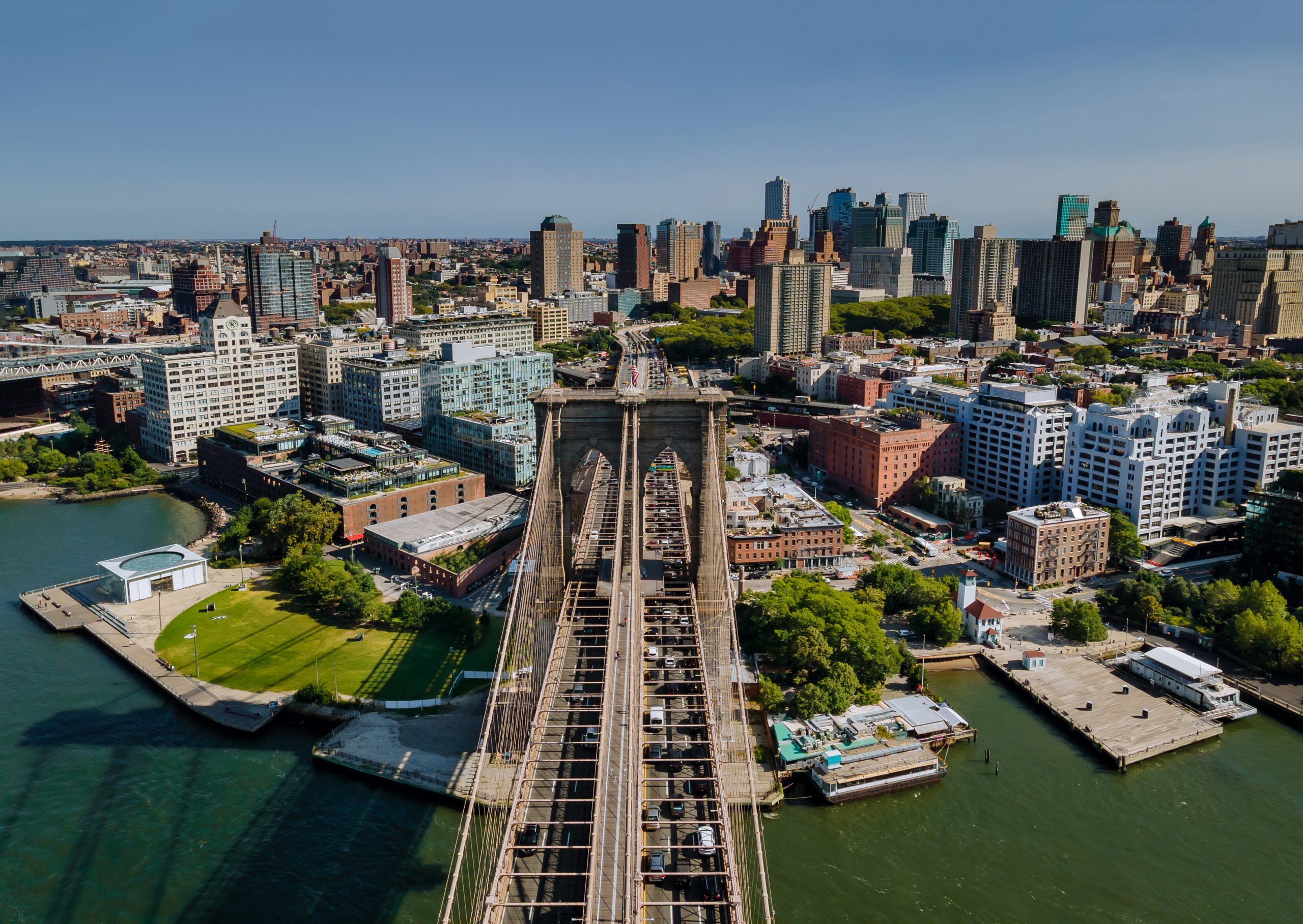
Financial Implications
The most direct impact of land leases for potential property buyers or investors is the monthly maintenance fee. Since the building owner has to pay rent for the land, this expense is typically passed on to the residents, leading to higher monthly charges. Additionally, when the lease approaches its expiration, the land rent can increase significantly, leading to uncertainty in future costs.
Property Value
Buildings on leased land can be more challenging to finance. Many lenders are wary of offering mortgages for properties with less than 30 years left on their land lease due to the uncertainty of what happens when the lease expires. Consequently, these properties might have lower resale values compared to those where the land is owned outright.
Lease Renewal and Terms
When the lease nears its end, the building owner must negotiate a renewal with the landowner. This negotiation can lead to increased rent for the land, changes in lease conditions, or, in rare cases, non-renewal, which can have significant repercussions for residents and property values.
So, is Brooklyn Point on a Land Lease?
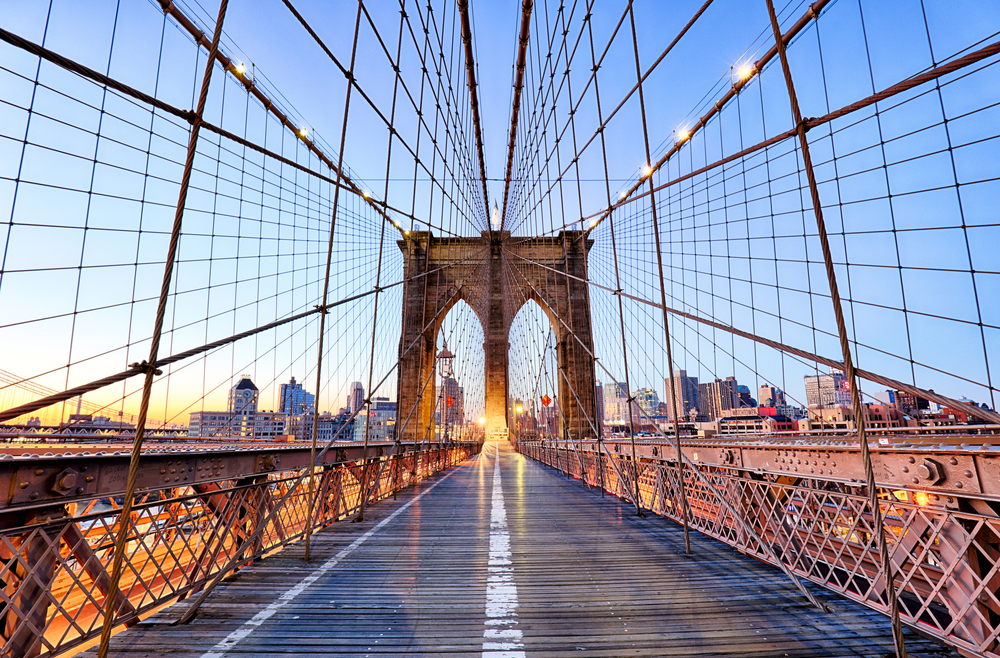
Yes, but Brooklyn point is a bit of an anomaly. Traditionally, landleases are more common in co-ops, which are usually more affordable than condos. Hence, co-ops with landleases often become focal points for budget-conscious buyers, drawn by their competitive listing prices. These prices are set lower, largely to counterbalance the higher common charges associated with landlease buildings.
Previously, landlease condos were rare, predominantly located in areas like Roosevelt Island and Battery Park City. This landscape is rapidly changing. New luxury condo developments are emerging as landlease structures, as seen with Brooklyn’s notable Pierhouse and 1 Brooklyn Bridge Park.
However, enter the true white whale: Brooklyn Point. This development is a rarity among landlease buildings for several reasons:
Pre-Paid Purchase Option
The developer, Extell, has preemptively paid the purchase option. This ensures that buyers are safeguarded from any abrupt or significant hikes in common charges.
Unique Operational Model
Although Brooklyn Point is technically a co-op, it operates much like a condo. This means there’s no board approval, no restrictions on financing, and the cherry on top – a 421-a tax abatement.
Future Purchase Option
When the landlease concludes, the co-op can opt to buy the land, owned by the City of New York, for a mere $1. Moreover, there’s potential for it to convert officially into a condo building.
Ari Alowan Goldstein, the senior vice president of development at Extell, acknowledges that potential buyers are often curious about the landlease situation. “People do ask about it,” Goldstein says. However, he notes that educating them and their legal counsel usually results in enthusiasm. This is evident, as Brooklyn Point stands as the fastest-selling building in Extell’s impressive portfolio.
For those contemplating investing in a landlease building, Brooklyn Point stands as an exceptional case. It offers an intriguing blend of the benefits of both co-ops and condos, along with unique safeguards due to its landlease structure. Before diving in, however, it’s crucial to understand the intricacies of landlease situations. The pros, cons, and potential challenges offer a unique perspective on one of New York City’s more unconventional real estate scenarios.
However! You’ve Still Got To Be Aware of The Worst-Case Scenario
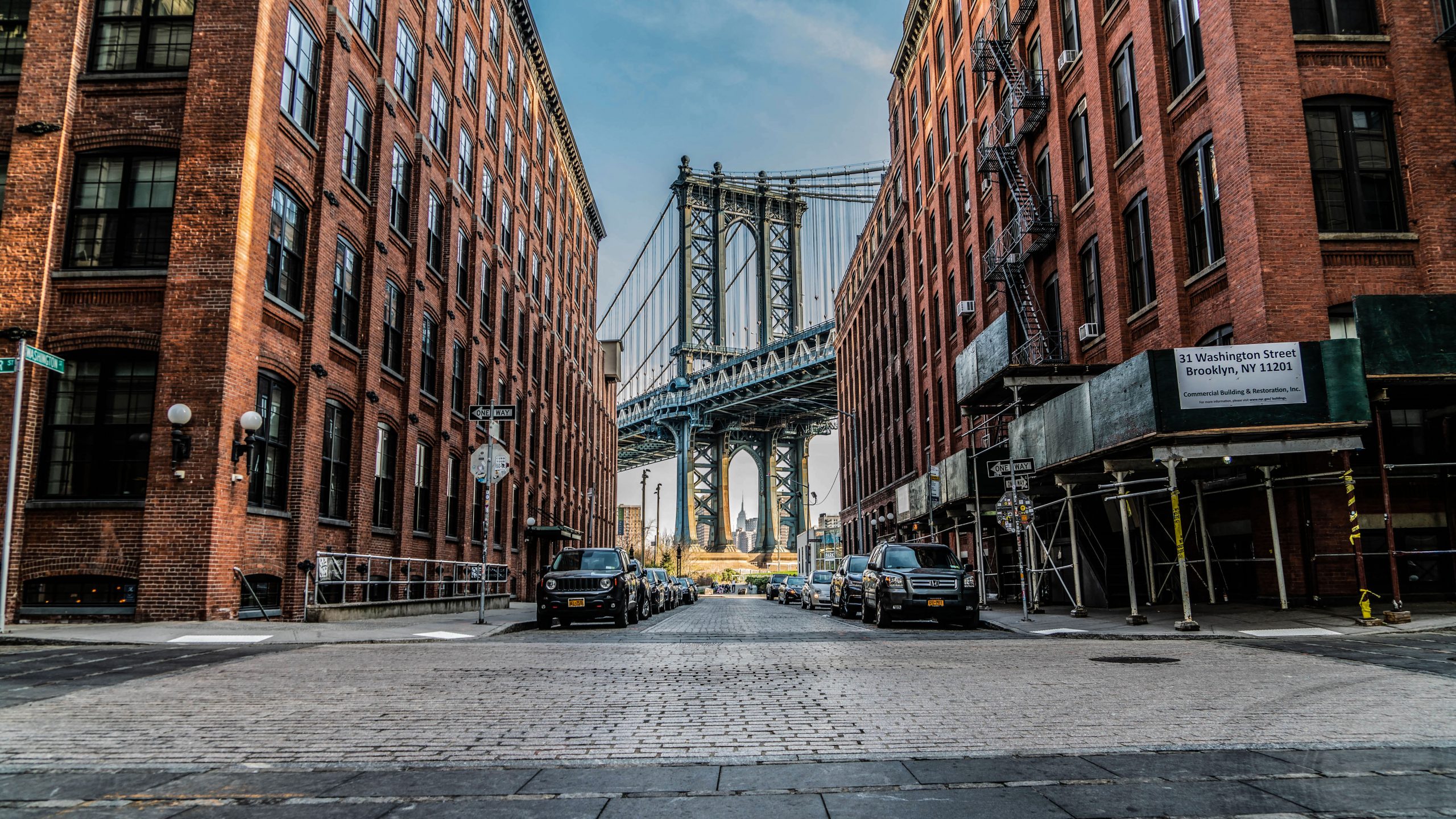
While the landlease structure at Brooklyn Point presents an innovative and seemingly favorable model, it’s essential for potential buyers to be aware of the potential pitfalls inherent in landleases elsewhere.
In traditional landlease buildings, one looming concern is the expiration of the lease. As it nears its end, residents face uncertainties. The landowner may demand significantly higher ground rent, which can lead to escalating monthly charges for residents. In some extreme cases, if the lease isn’t renewed, building owners could, theoretically, lose their property.
Another challenge lies in securing financing. Lenders are often hesitant to finance properties with short durations left on their landlease, typically those with less than 30 years remaining. This can impact property value, making resale more challenging and potentially affecting the owner’s equity.
Furthermore, the resale market can be tricky. The complexities of a landlease can deter potential buyers, leading to extended durations on the market and potentially lower resale values.
In essence, while landleases offer unique advantages, it’s crucial to recognize their associated risks. Having a comprehensive understanding will ensure buyers are making informed decisions in NYC’s dynamic real estate market.
- Categories:
